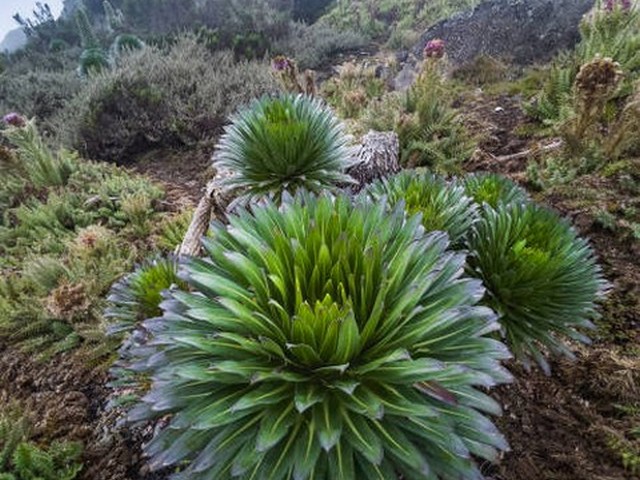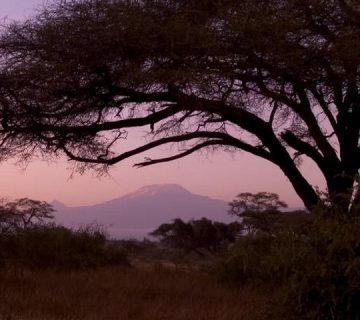Preparing For Kilimanjaro Trekking Weather: Your Ultimate Guide
Embrace the Challenge, Enjoy the Journey
Imagine standing on the roof of Africa, where the skies touch the peaks and the air holds whispers of the ancients. Climbing Mount Kilimanjaro is a dream many hold dear, and rightly so. It’s not just a trek; it’s a pilgrimage to the highest point on the African continent. However, the weather on Kilimanjaro can be as varied as the stories of those who climb it. Preparing for Kilimanjaro trekking weather is crucial, not only for your comfort but also for your success. Here at Kilimanjaro Centre for Trekking and Ecotourism (KCTE), we understand the mountain’s moods and mysteries. Let us guide you through mastering the mountain’s climates to make your trek not just achievable but enjoyable.
Understanding Kilimanjaro’s Unique Weather Patterns
The Mountain’s Many Faces
Kilimanjaro is not only tall but also wide, encompassing a range of ecological systems from its base to its summit. Each altitude presents its own weather challenges—from tropical warmth at the bottom, temperate conditions in the forest belt, to freezing temperatures at the summit. Knowing what to expect and when can significantly influence your packing and preparation strategy.
Seasons of the Summit
Primarily, there are two trekking seasons which are considered ideal for climbing Kilimanjaro:
- Dry Season: June to October, and January to mid-March. These months offer clearer skies and milder weather, making it the perfect window for climbing.
- Wet Season: Late March to May, and November to early December. These months can be rainy, especially in the rainforest section, but the mountain is less crowded, and the challenge is greater.
Gear Up For Every Climate Zone
Layer, Layer, Layer
The key to handling Kilimanjaro’s varying temperatures is layering. Your clothing strategy should be versatile enough to handle warm days and cold nights:
- Base Layer: Moisture-wicking materials to keep you dry.
- Insulation Layer: Fleece or down jackets that can be easily added or removed.
- Outer Layer: Waterproof and windproof jackets and trousers.
Footwear and Accessories
- Boots: Waterproof, with strong ankle support.
- Socks: Wool or synthetic, and consider liner socks to prevent blisters.
- Gloves and Beanie: For those chilly mornings and evenings.
- Sunglasses and Sunscreen: The sun at altitude is significantly stronger.
Tech and Extras
- Headlamps: Necessary for night-time summiting.
- Walking Poles: Reduce the impact on your knees during descents.
- Hydration Packs: Staying hydrated is key, regardless of climate.
Training for the Trek
Physical Preparation
Kilimanjaro is a non-technical climb, but it doesn’t mean it’s easy. Conditioning your body to handle long walking days, especially under varied weather conditions, is essential. Focus on cardiovascular workouts, strength training, and hike regularly to acclimate your body to prolonged physical activity.
Mental Readiness
Understanding and preparing for the weather changes on Kilimanjaro can help steel your mind against unexpected challenges. Remember, every climber faces moments of doubt, but preparation can help you overcome them.
When to Climb: Choosing Your Season
The Best Time for You
While we’ve outlined the general seasons above, choosing when to climb also depends on what you hope to experience:
- For clearer views and drier paths: Opt for the dry season.
- For solitude and lush vistas: Consider the wet season, keeping in mind the extra gear for rain.
Why Choose KCTE for Your Kilimanjaro Trek?
At Kilimanjaro Centre for Trekking and Ecotourism, we not only pride ourselves on our expert guides and comprehensive trek support, but we also cherish the personal journeys of our climbers. We understand that this might be your once-in-a-lifetime adventure, and we’re dedicated to making it memorable, safe, and personally enriching.
FAQs: Preparing For Kilimanjaro Trekking Weather
What should I wear to climb Kilimanjaro?
Opt for layered clothing that can be adjusted easily as weather changes. Start with a moisture-wicking base layer, add an insulation layer like fleece, and top with a waterproof, windproof jacket and pants.
How cold does it get at the summit of Kilimanjaro?
Temperatures at the summit can drop below freezing, ranging from -7°C to -29°C depending on the time of year and weather conditions.
Is it worth climbing during the wet season?
Absolutely, if you’re prepared for rain and prefer a less crowded path. The landscape is also lush and vibrant during this time, offering a different kind of beauty.
How do I physically prepare for the trek?
Regular cardiovascular exercises, strength training, and frequent hiking can help prepare your body for the demands of Kilimanjaro. Also, practice hiking in various weather conditions to adapt more easily.
Ready to Conquer Kilimanjaro?
Preparing for Kilimanjaro’s trekking weather is your first step towards conquering this majestic mountain. Armed with the right knowledge, gear, and support from KCTE, you’re not just planning a climb; you’re preparing for an extraordinary adventure that will echo through your life forever.
Embrace the challenge with KCTE and turn your Kilimanjaro dream into reality. Contact us today to start planning your journey to the roof of Africa. Book your Kilimanjaro climbing adventure with KCTE now!
Climb with confidence. Climb with KCTE.




